Ecotourism development in Sabah, Malaysia
Aiming to become the best ecotourism destination in Malaysia, in recently years, Sabah has been successful in developing this kind of tourism.
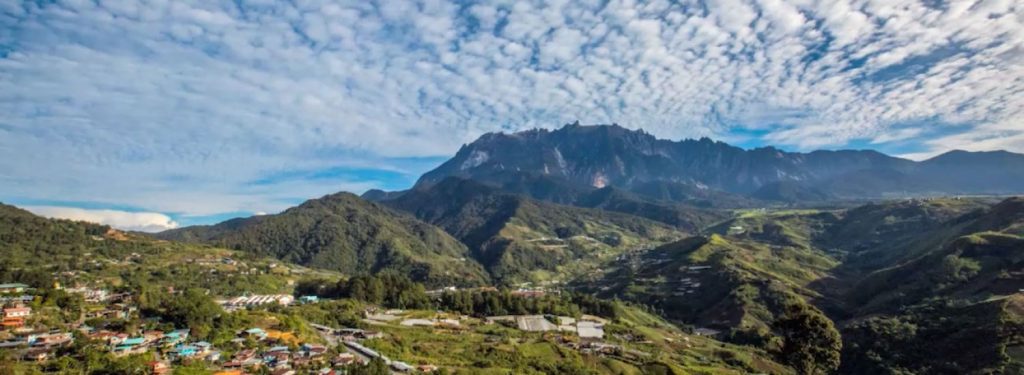
About Sabah
Sabah is one of the two states in the northern part of Borneo island in Malaysia. The population is about 3,5 million and the area is about 72.500 km2. This state has 5 provinces and 25 districts and 1 capital city.
The economy in Sabah is based on agriculture and forestry, but over the last 10 years, tourism and services have become increasingly important sectors.
In 2019, Sabah broke a new record with receiving more than 4,2 million visitors. The tourism revenue has reached 9 billion RM.
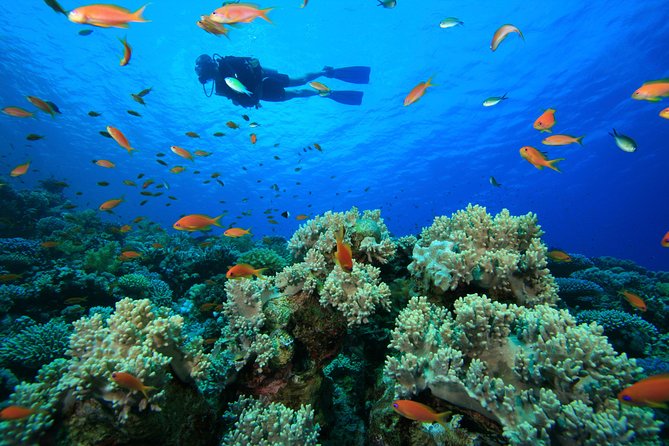
Tourism potential in Sabah
Located on the northern bank of Borneo island – the third largest island in the world and the largest in Asia, Sabah owns many small islands and beautiful beaches. The total forest area in Sabah occupies ½ of the state. Sabah’s forests have a biodiversity of flora and fauna.
Currently, Sabah has 6 nature conservation parks, including 3 terrestrial parks and 3 underwater parks: Kinabalu National park; Crocker Range National park; Tawau Hills park; Turtle islands National park; Tunku Abdul Rahman National park; Pulau Tiga National park. Kinabalu National park was established in 1964, this park is the first heritage site in Malaysia which was recognized by UNESCO. Crocker Range National park was established in 1984 based on a forest reservation. This is the largest park in Sabah with an area of 1.399 km2. Tawau Hill park was established in 1979 to protect the water resources of Tawau people. This park has volcanic landscapes, hot springs and majestic waterfalls. This is also the habitat of many plants, especially some orchids like elephant ears. The Turtle island park was gazetted in 1977, this park is a safe house for the endangered green and hawksbill turtles. The Sabah state government is the first organization to build the turtle conservation program in the world. This program also has the most detailed statistics until now. Tunku Abdul Rahman National park includes 5 islands such as Gaya, Manutik, Manukan, Sapi, and Sulug. The park was named after the first Prime Minister of Malaysia and the area is more than 50 km2. Tunku Abdul Rahman National park is well known for its diverse marine ecosystem and famous diving destination in Malaysia. Pulau Tiga National park has 3 islands with the largest island is Pulau Tiga island. This park is famous for its beautiful and pristine beaches. Besides, the volcanic mud is material taken from volcanos in this park which is very good for treatment.
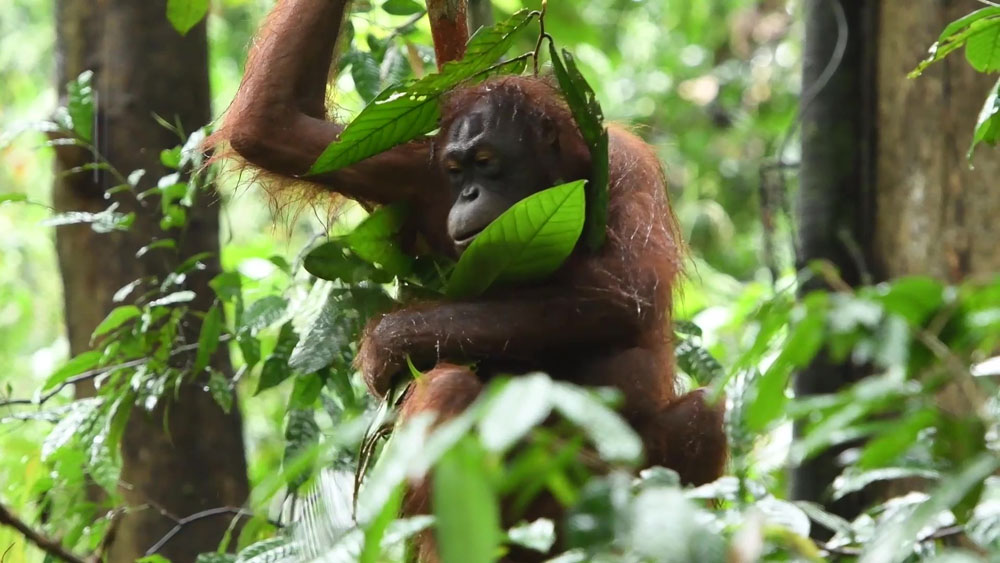
Beside the resources mentioned above, Sabah has many others for ecotourism development as the river, lake and forest systems, conservation centers, ecological gardens… including the Kinabatangan river, Sabah tea garden, and the Orangutan conservation center.
Kinabatangan is the longest river in Sabah and it reaches the second length in Malaysia with the total length is 560 km. This river is also the most popular ecotourism destination in Sabah. Along the banks of the river are the flooded forests that are the home of hundreds of species of birds, especially the hornbills. This place is also the home for the species which are in the list of endangered species as Borneo orangutan and Probosci’s monkey.
Sabah tea garden is the only organic tea production site in Borneo island. This garden grows and produces high-quality tea, absolutely without pesticides. Sabah tea garden is also a favorite place for ecotourism because of its natural beauty and extremely clean climates.
Sepilok is the rehabilitation center for orangutans. Sepilok was founded in 1964 with the area is 43km2. The center aims to take care and nurture orangutans and some species animals as Proboscis monkey and Sunbear.
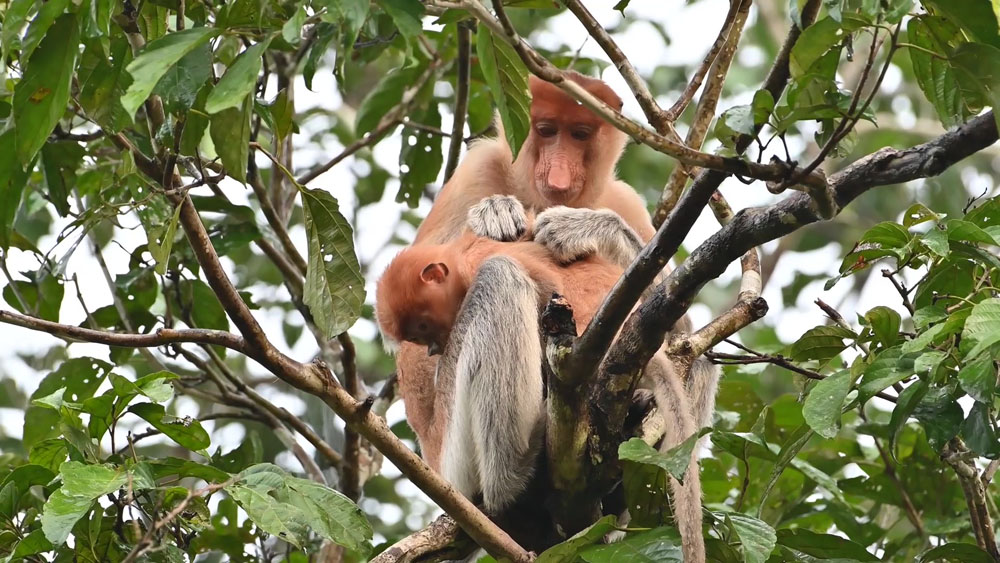
Ecotourism development in Sabah
In 2019, Sabah received 4.2 million tourist arrivals. Ten years ago, the number of tourists visiting Sabah was 2.2 million including 1.7 million domestic tourists and 500.000 international tourists. The number of tourists increased nearly double in 10 years that shows the attraction of the destination.
Sabah’s state government had to face many problems before achieving this success. Especially the deforestation in which the people turned the forests into the palm tree farm. Besides, the issues about catching fish with dynamite also destroyed the water environment.
In 2008, the Sabah State Government created the Sabah Development Corridor with the total investment up to 105 billion ringgit. The Sabah Development Corridor’s missions are to upgrade infrastructure for tourism development; raise awareness of environmental protection, guide local people organize community-based tourism activities, train tourism service skills…
Since the Corridor was established in 2008, the GDP of Sabah has increased to 10.7%, higher than the national economic growth rate of 4.8%. Tourism has now become the third most important economic sector in Sabah after agriculture and oil mining.
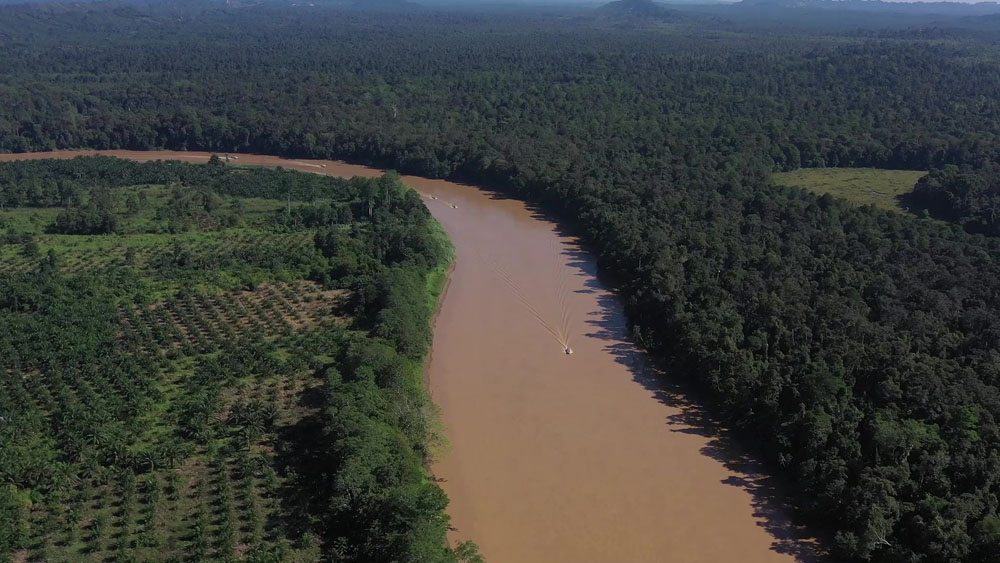
Ministry of Tourism, Culture and Environment of Sabah has also built The Tourism Development Strategy. The strategy focuses on three main groups of issues:
Tourism Development Policy
Product Development
Sustainable Tourism Development Programme
Tourism Development Policy
Sabah’s tourism development policy has been formulated largely based on ecotourism development principles and sustainable management needs of its unique and outstanding nature-based resources. The policy stresses the following 3 elements:
1) Appropriate development, tailored to the resource base and in line with the State’s unique characteristic of “unspoiled nature”;
2) Minimum negative socio-cultural and environmental impacts;
3) Tourism must also benefit local communities especially those in rural areas
Product Development
To provide for sustainable use and management of our natural resources and encourage the development of unique products, tourism development should contain the following three features:
1) ENVIRONMENTAL–that support nature conservation directly or indirectly.
2) SOCIAL–that provide direct and indirect benefits including income-earning opportunities for local communities, especially those in rural areas
3) ECONOMIC– encourage several small scale tourism operations and products that provide a bigger spread of involvement and participation
Sustainable Tourism Development Programme
To develop tourism sustainably, Sabah tourism development strategy also identifies 5 tasks to be performed, namely:
1) Ongoing strengthening of Sabah’s positioning as a premier ecotourism destination.
2) Priority to appropriate provision and development of physical infrastructure
3) Expanding the protected area network and increase through appropriate legislation or enhancing existing ones
4) Providing guidelines to help identify appropriate development and investments
5) Capacity building of human resources: resource managers and tourism operators; rural communities; and policymakers through training seminars, workshops…
Besides the Tourism Development Strategy, Sabah has been developed and implemented by the Ministry of Tourism, Culture, and Environment. The Sabah’s state government has also launched the Sabah Action Plan and Strategy (2012-2022), which to be done in the 10 years starting from 2012. The Sabah Action Plan and Strategy focuses on five main groups of issues:
– Engage the people of Sabah
– Reducing Pressures on Biodiversity
– Building Ecosystem Resilience
-Improving Knowledge
– Strengthening Capacities to manage Biodiversity
– Engage the people of Sabah
Provided all information about economics, tourism, society, projects, plans… to local people. This issue helps them in deciding their business and investment activities.
Strengthening conservation programs based community.
Strengthening the local people’s participation in the management board of the Nature reservation from local people
Reducing pressures on biodiversity in many ways as support loans for local people to produce, guide local people to proceed agricultural and forestry products can limit deforestation and poaching. Guide local people to raise seafood products in the natural environment… This method helps avoid catching fish by dynamite that is the main reason destroyed water environment. Besides, besides the Plan also gave the zones where allowed organization this activity.
Building ecosystems resilience
The Sabah State Government raised a fund that has a contribution from the Government and enterprises. The fund use money to recover forests, and plant trees.
Besides, The Sabah state Government allowed the opening ecotourism zones in the area where they aren’t important and need protection. This method helps local people get jobs, earn money, in addition, it don’t affect to protect areas.
Improving the knowledge
Organizing the courses for local people about the knowledge of the environment, ecosystem…
Strengthening capacities to manage biodiversity
Strengthen research activities,
Organizing the courses about the knowledge of the environment, biodiversity each year
Thanks to the Sabah State Tourism Development Strategy and Specific Action Plan, in just 10 years, the number of tourists coming to Sabah has nearly doubled. However, the biggest success is not only a huge increase in the number of visitors but also the transformation of the economy from relying on logging, palm planting to tourism. Tourism helps to protect Sabah’s environment, water sources, flora, and fauna and also creates jobs for the local people, step by step towards sustainable development and help Sabah become the best ecotourism destination in Malaysia and the region.
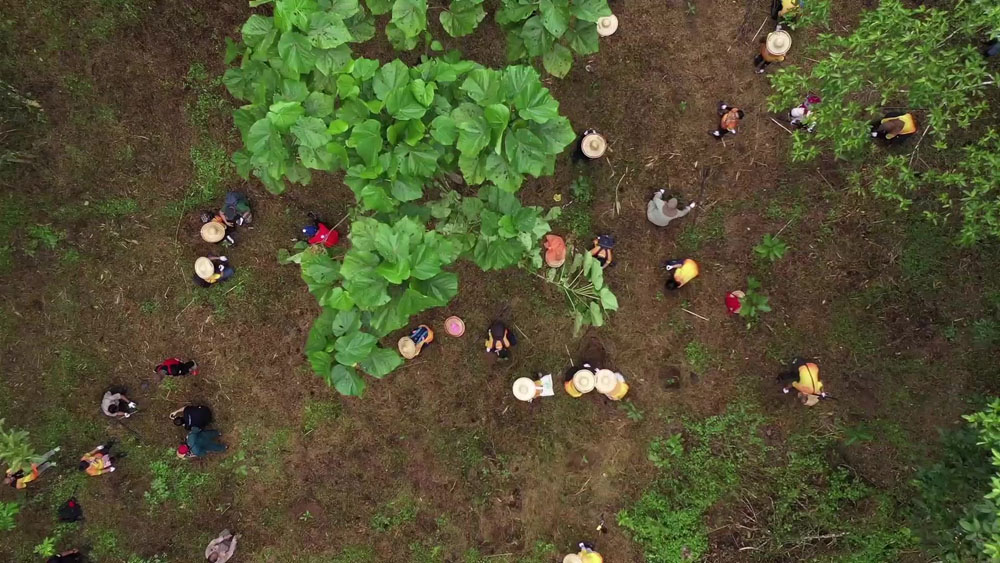
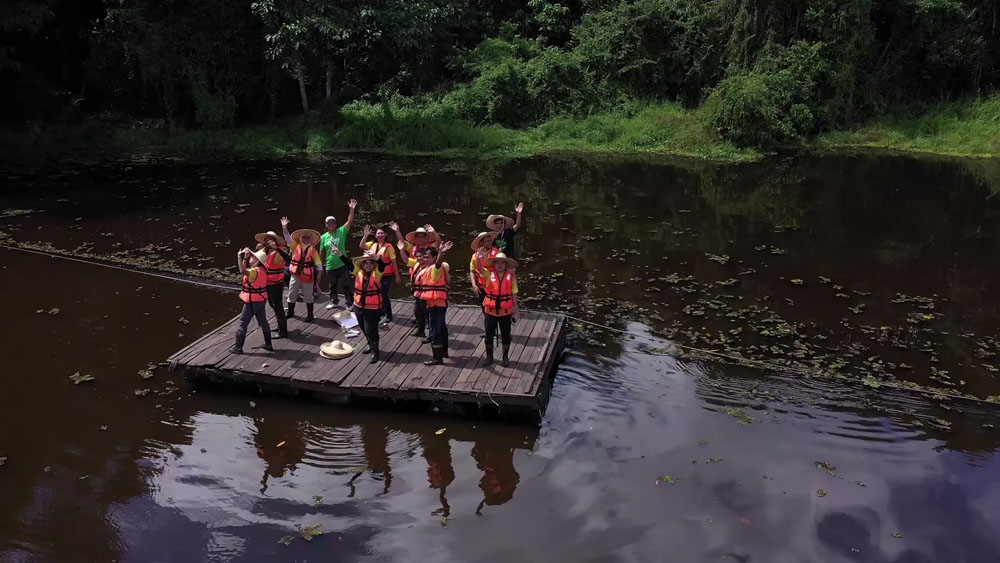
References:
– ASEAN Tourism Human Resources Management and Development for Ecotourism Programme document 2018
– https://www.sabahtourism.com/statistics/
– https://www.ttrweekly.com/site/2019/10/sabah-now-an-ecotourism-hotspot/
– https://www.pemandu.org/2019/09/06/going-green-sabahs-ecotourism-industry-going-on-strong/
– https://www.responsibletravel.com/holidays/sabah/travel-guide/sabah-responsible-tourism-issues
Nguyen Lan Huong, MBA – Institute for Tourism Development Research

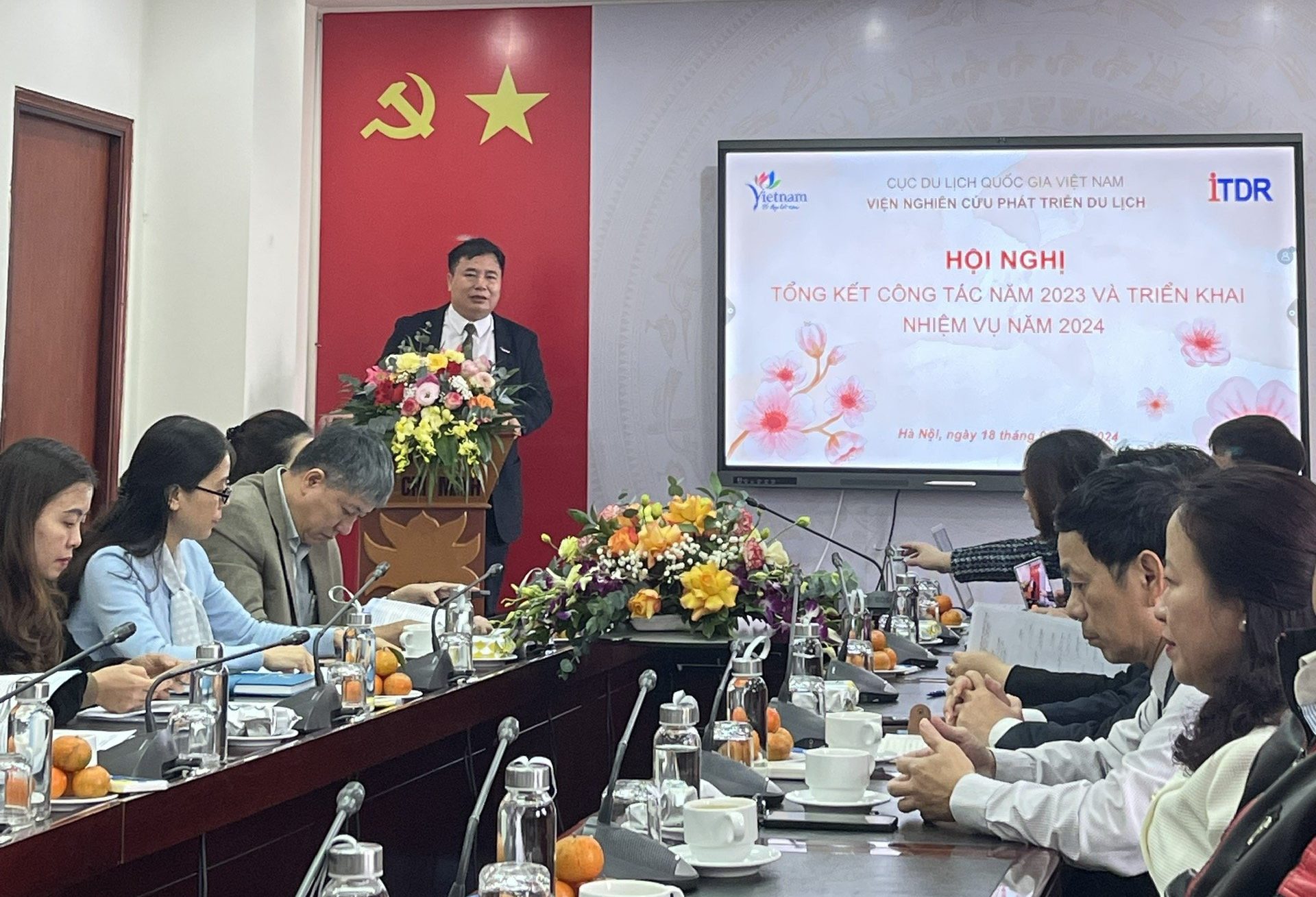

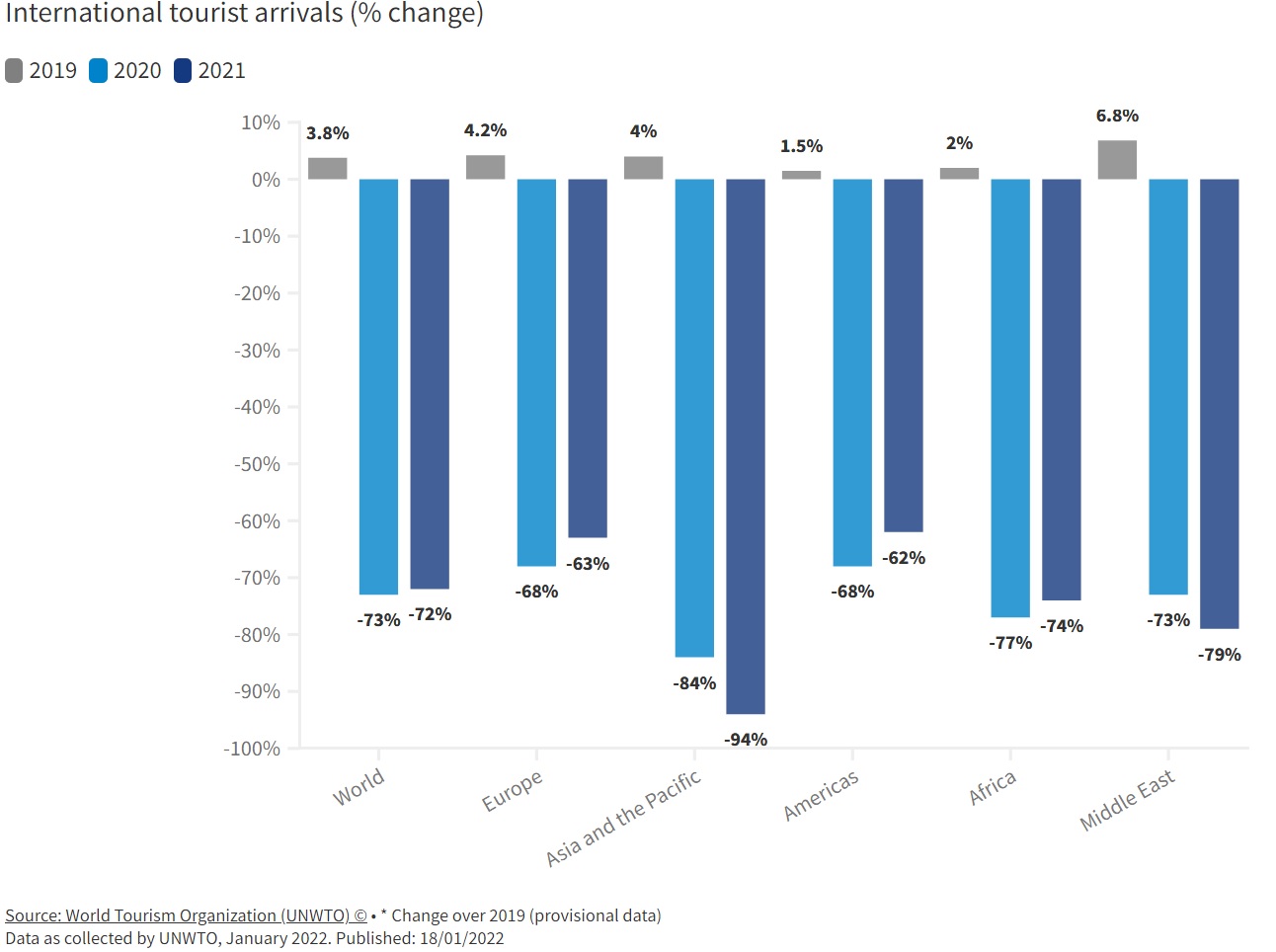

 Address: 58 Kim Mã, Ba Ðình, Hà Nội
Address: 58 Kim Mã, Ba Ðình, Hà Nội Phone: (84-24) 37 34 31 31
Phone: (84-24) 37 34 31 31 Fax: (84-24) 38 48 93 77
Fax: (84-24) 38 48 93 77 Email: info@itdr.org.vn
Email: info@itdr.org.vn Website: https://itdr.org.vn
Website: https://itdr.org.vn




